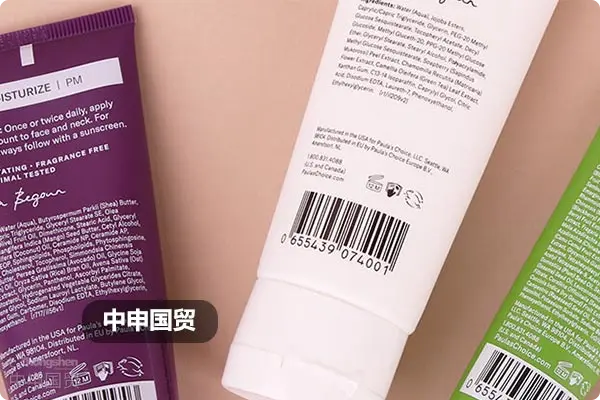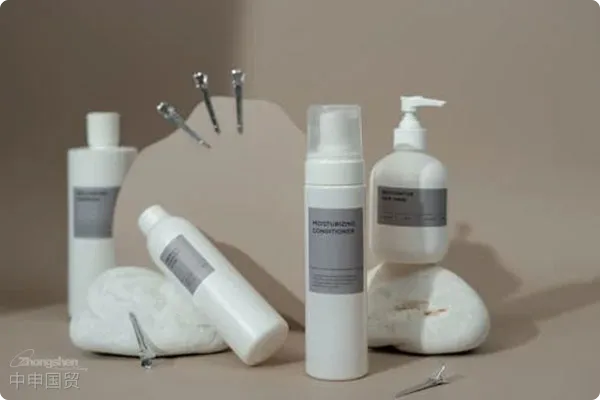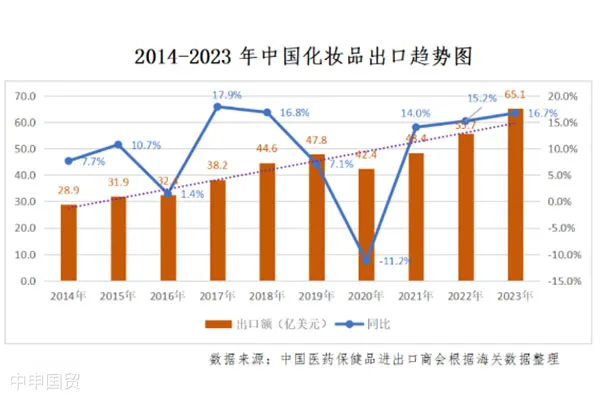- Shanghai Zhongshen International Trade Co., Ltd. - Two decades of trade agency expertise.
- Service Hotline: 139 1787 2118
With the advancement of globalization, an increasing number ofCosmetics & Personal Caremanufacturers and exporters are turning their attention to the EU, the worlds largest single market. However, to succeed in this market, understanding and complying with EU cosmetics regulations is crucial. This article aims to provide a concise overview of EU cosmetics regulations for exporters reference.

EU Cosmetics Regulation (Regulation(EC)1223/2009) wasJuly 11, 2013officially enacted in the 27 EU member states as well as regions such as Norway, Iceland, and Liechtenstein. This regulation provides detailed provisions for cosmetics sold in the EU market, covering the responsibilities of responsible persons and distributors, product safety assessments, product information files, product notification requirements, prohibited and restricted substances, animal testing, labeling requirements, and market surveillance, among other aspects.
In this regulation,cosmetics is defined assubstances or mixtures applied to the external parts of the human body (epidermis, hair, nails, lips, and external genital organs) or to the teeth and mucous membranes of the oral cavity, with a primary or exclusive function of cleaning, perfuming, altering appearance, protecting, maintaining in good condition, or correcting body odors.
The requirements of the EU Cosmetics Regulation are as follows:
Responsible Person:Each cosmetic product must have a legal or natural person designated as the responsible person within the EU, responsible for ensuring the product meets regulatory requirements. Depending on the circumstances, the responsible person may be the manufacturer, importer, or distributor.
Safety Assessment, Product Information, and Product NotificationBefore placing a product on the market, a safety assessment must be conducted and a safety assessment report completed. The product must also be notified to the EU Cosmetic Products Notification Portal (CPNP).
Ingredient Usage RestrictionsSubstances listed in Annex II of the Cosmetic Regulation are prohibited in products. Substances in Annexes III to VI may be used only if they comply with the specified conditions. Carcinogenic, mutagenic, or reprotoxic (CMR) substances are prohibited in cosmetics unless they meet the exceptional cases specified in Regulation EC 1272/2008 CLP.
Labeling RequirementsProducts must display essential information in a clear and easily identifiable manner on the primary packaging. This includes the name and address of the responsible person (for imported products, the country of origin must be indicated), quantity, minimum durability, precautions, batch number or reference number, cosmetic function, and ingredient list.
The above is an overview of EU cosmetic regulations. We hope this article is helpful to cosmetic exporters planning to enter the EU market. Please note that regulatory details may change, so regularly check the official EU website for the latest information.
For more information on cosmetic regulations, visit the following websites:
EU Cosmetic Products Notification Portal
Special Considerations in EU Cosmetics Regulation
| Product Range | EU Regulatory Categories |
|---|---|
| Anti-dandruff shampoo | Cosmetics & Personal Care |
| Acne treatment products | Pharmaceuticals |
| Hair growth products | Cosmetics/Drugs (depending on claims) |
| Sunscreen products | Cosmetics & Personal Care |
| Cleansing wipes | Cosmetics & Personal Care |
| Temporary tattoos | Cosmetics & Personal Care |
| Soap | Cosmetics & Personal Care |
| Plastic artificial nail tips | Non-Cosmetics |
Related Recommendations
? 2025. All Rights Reserved. Shanghai ICP No. 2023007705-2  PSB Record: Shanghai No.31011502009912
PSB Record: Shanghai No.31011502009912










